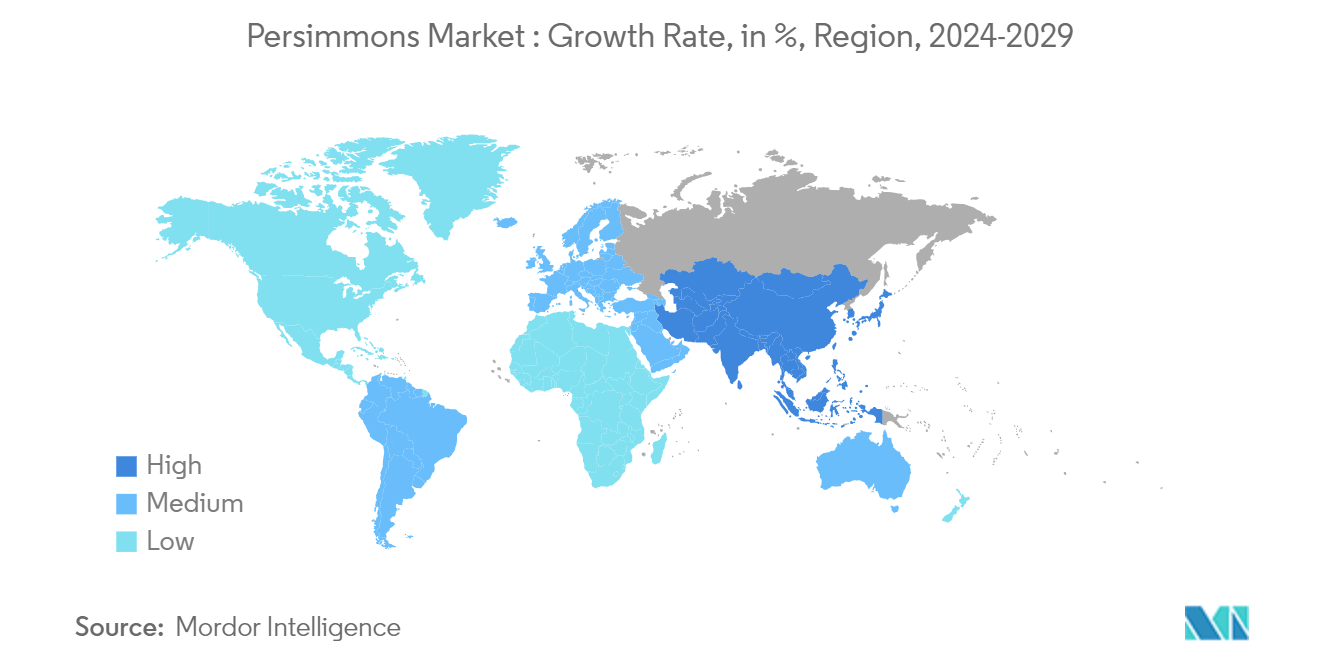Market Trends of Persimmons Industry
High Export Value Drives the Market
The export value of persimmons reached USD 564.3 million in 2023, marking a 6.9% increase from 2022. This growth is attributed to increased demand for persimmons due to their high nutritional content and bioactive compounds, which offer health benefits such as antioxidant and antidiabetic properties.
In 2023, the five largest exporters of persimmons - Spain, Azerbaijan, China, United States, and Uzbekistan - accounted for 85.1% of the total export value. This concentration is primarily due to high persimmon prices in importing countries and limited production in most regions. Countries with high demand but low or no production, such as Germany and the United States, import from major producers like China. China holds a notable position as both a leading exporter and consumer.
European countries led global persimmon exports in 2023, with shipments valued at USD 290.8 million, representing 51.5% of the global total. Asian suppliers followed closely, accounting for 44.47% of exports. The global increase in persimmon exports can be attributed to growing awareness and demand in international markets. Consumers are increasingly attracted to persimmons for their sweet taste, nutritional benefits, and culinary versatility. The rising interest in exotic fruits has also contributed to this growth trend.

Asia-Pacific Leads Global Persimmon Production
- Asia-Pacific dominates global persimmon fruit production. In this region, persimmons are highly valued in local markets for their taste and health benefits. Export demand from countries like Japan, South Korea, and China continues to grow, with persimmons being shipped worldwide. In 2022, China, South Korea, and Japan were the top producers, with outputs of 3,396.3 thousand metric tons, 231.5 thousand metric tons, and 216.1 thousand metric tons, respectively.
- China, the world's largest producer of persimmons, significantly contributes to the region's overall production. The country has experienced increases in both cultivation area and yield per hectare due to improved farming practices and investments. While maintaining stable acreage, China's persimmon production continues to rise, with dried persimmons emerging as the primary export product. Advancements in cultivation techniques and post-harvest handling have enhanced persimmon quality and shelf life, improving export potential.


